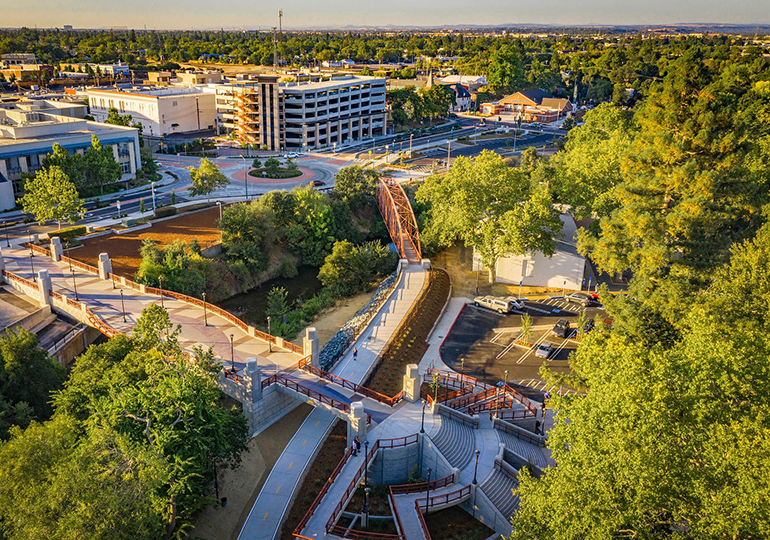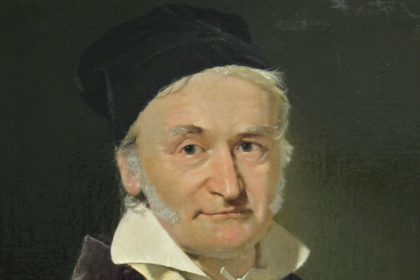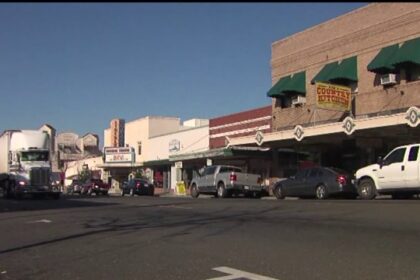Roseville is the largest city in Placer County, California, located within the Sacramento metropolitan area. Take a look below for 15 interesting and awesome facts about Roseville, California, United States.
1. As of 2019, the US Census Bureau estimated the city’s population to be 141,500.
2. Interstate 80 runs through Roseville and State Route 65 runs through part of the northern edge of the city.
3. The settlement was originally a stage coach station called Griders.
4. According to the Roseville Historical Society, in 1864 the Central Pacific Railroad tracks were constructed northeastward from Sacramento. The point where the tracks met the California Central Railroad line was named “Junction”. Junction eventually became known as Roseville (cf. Louis Rose).
5. In 1909, three years after the Southern Pacific Railroad moved its facilities from Rocklin to Roseville, the town became an incorporated city. What followed was a period of expansion, with the community building more than 100 structures, including what was the largest ice manufacturing plant in the world (Pacific Fruit Express building, in 1913).
6. The city was a railroad town for decades, with the railroad employing up to 1,225 people by 1929, out of a population of only 6,425 people.
7. With the onset of World War II, the rail yards became busier than ever and the post-war building boom brought continued prosperity. However, the nature of the city changed dramatically in the 1950s.
8. During the 1950s the railroad continued to expand and upgrade, converting its steam engine fleet to all diesel engines by the end of the decade. However, the railroads began falling in the shadow of air travel and the development of the national Interstate Highway System. Thus, although the railroad remained (and still remains) a major employer, the expansion of the city began branching out into other employment sectors.
9. Another important change during this period was the Washington Boulevard (then called Seawell) railroad underpass construction in 1950. While this improved the ability of people to travel from one side of the tracks to the other, it meant that people were no longer traveling through the Roseville business district north of the tracks.
10. The completion of Interstate 80 in 1956 shifted the population from downtown to what would become known as East Roseville. The old downtown area slid into a gradual decline.
11. The Roseville Yard of the Southern Pacific (now Union Pacific) was the site of a major explosion and fire on April 28, 1973.
12. The city saw steady population growth throughout the ensuing decades, as shopping centers, major retailers, and homes were constructed throughout the city. The growth rate was modest until 1985.
13. Between 1929 when the population was 6,425 people and 1985, the population grew by only 22,563 people. In 1985 the population stood at 28,988 people. Five years later it was 44,685 people, and by 2000 it was 74,234 people. Some of this growth was fueled by the location of major employers, such as Hewlett Packard (in 1979) and NEC (in 1983). The population as of 2014 was 126,956 people.
14. In 1988, the city embarked on a multi-million dollar plan to redevelop approximately 207 acres (0.8 km2) of land in the downtown core, and revitalize historic areas that had been in decline.
15. Projects included the Vernon Streetscape Project, Atlantic Street Beautification, Civic Plaza Complex, Downtown Vernon Street and Historic Old Town, Historic Old Town Streetscape project, Riverside Avenue Streetscape project, Oak Street Improvement Project, and Washington Boulevard pedestrian underpass.




